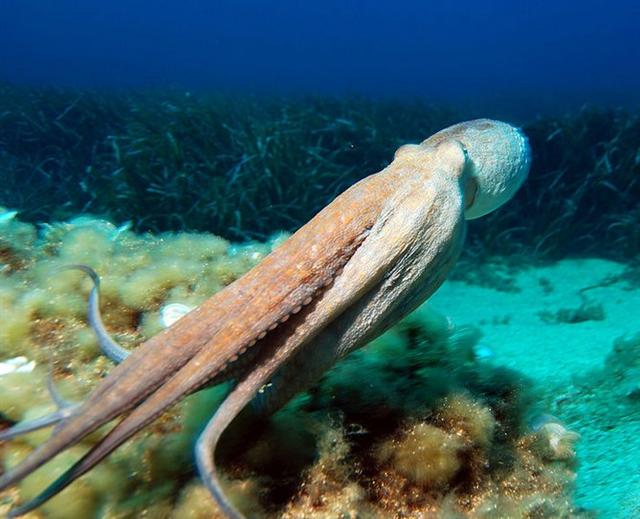In order to understand an individual glyph it is necessary to know its context, to know what to expect. The surrounding glyphs are therefore important, but as long as they too are uncertain in meaning there will be overall uncertainty. Only by relying on the framework of the text, its structure, can there be any reliable progress in understanding the indiviual glyphs. I have therefore presented a primary attempt at explaining the first part of the text structure, relying on images as approximations or pointers towards the true structure and the true nature of the text:
My proposed map shows a gradual increase in temperature in parallel with moving up from 'the deep sea' on to 'the reef' and then further 'uplands', where conditions will be the opposite to those down in the deep sea. Extrem conditions are not pleasant. However, moana, tai, uta, etc were not literally meant as such by Metoro. These words were instead suitable images fetched from his everyday world which could convey to Bishop Jaussen what the text really meant. Metoro probably understood the overall meaning of the C text, although he was not such an expert as to compose a glyph text. When Metoro said te heke at the important 'First Point of Aries' my primary map above suggests he could have meant 'the octopus', because such creatures can be found in shallow waters:
Metoro may have compared the top part of Ca2-1 with the globular head of an octopus and its protruding eyes with the pair of mata (eyes) in the glyph. He could have imagined a swimming octopus with trailing arms:
| ||||||||||||||||||||||||||||||||||||||||||||||||||||||



